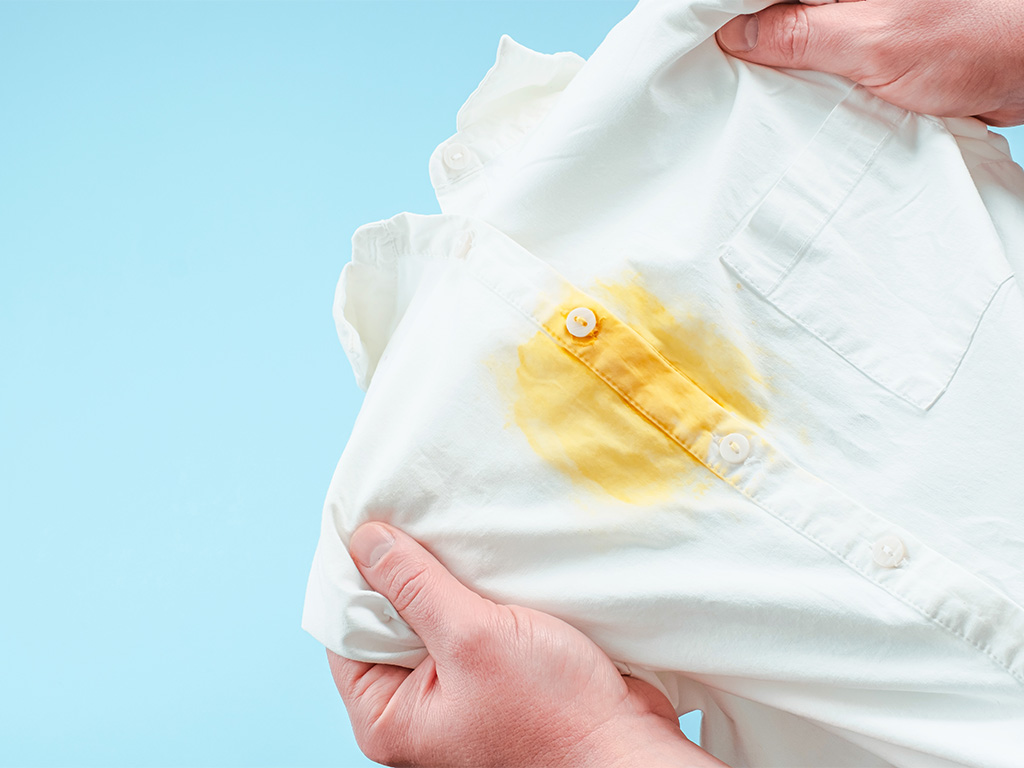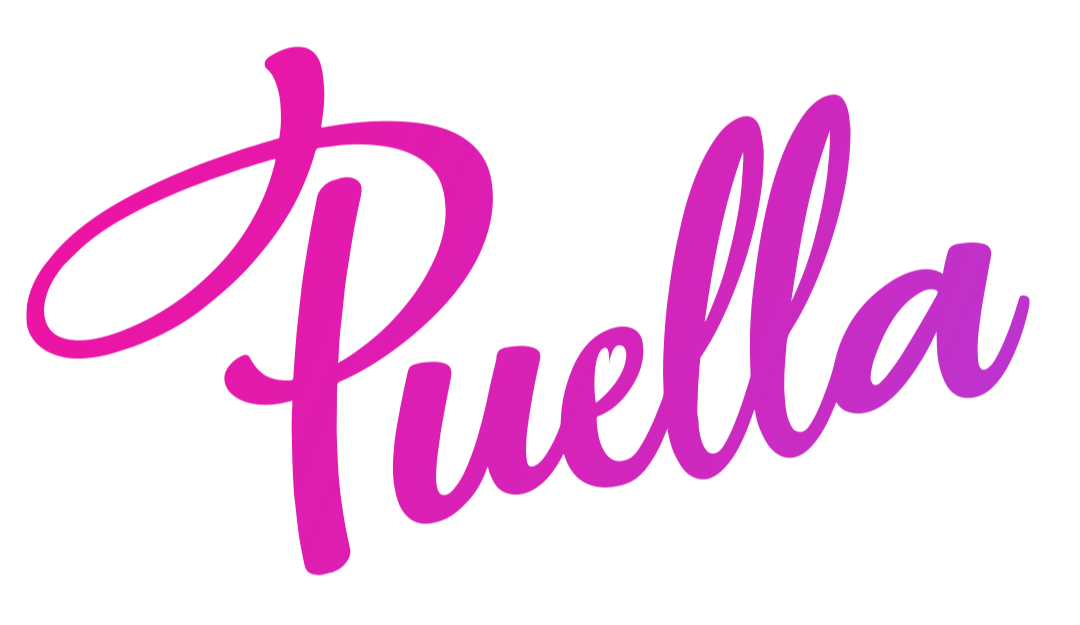
With the arrival of warmer weather comes the time for thorough spring cleaning. If you’ve accumulated stains over the winter that resist regular cleaning products, don’t despair. We’ll share effective home methods that will help you remove even those stains that have been set in for years.
Check out our tips on how to tackle them!
What You Shouldn't Miss At Home
In addition to high-quality stain removers that you can buy in traditional drugstores, you can also have a few helpers at home that will assist you not only with spring cleaning but also in the battle against stubborn stains.
Vinegar
Vinegar is a natural acidic cleaner that helps dissolve limescale, grease, and neutralize odours.
Where to use it? In the bathroom, it removes limescale, grease from clothing and other surfaces, eliminates odours from the fridge, and whitens fabric.
Where not to use it? Avoid applying it to natural stone (marble, granite), as it can damage it. It is also not recommended for cast iron pans – it can damage their protective layer.
Don't forget that there are also different types of vinegar:
- White vinegar – The best for cleaning, removes stains, odours, and limescale.
- Apple cider vinegar – Milder, suitable for disinfecting and cleaning fabrics.
- Balsamic vinegar – Not used for cleaning, but rather in cooking.
Baking Soda
Baking soda is an alkaline substance that neutralizes odours and works as a mild abrasive.
Where to use it? Similar to vinegar, it neutralizes odours, cleans delicate surfaces, removes grease, and stubborn stains. When combined with vinegar, it's great for reactive cleaning.
Where not to use it? It is not suitable for aluminum surfaces, as it could discolour or damage them.
Lemon Juice
Lemon is a natural acid that disinfects, removes grease, whitens fabrics, and lightens hair.
Where to use it? In the bathroom, it dissolves limescale; on kitchen surfaces, it removes grease, whitens, and disinfects. Compared to vinegar, which loses its scent and neutralizes unpleasant odours, lemon juice leaves a pleasant fragrance.
Where not to use it? Avoid using it on natural stones (marble, granite) as it can cause erosion.
Hydrogen Peroxide
Where to use it? Very carefully, you can use it for whitening fabrics, disinfecting various surfaces in the bathroom, and removing yellow stains.
Where not to use it? It works great on white fabrics but can discolor dark fabrics. Do not apply it to wooden or varnished surfaces – concentrated hydrogen peroxide will most likely damage them. It will dissolve the varnish, so do not use it, even diluted.
How to Remove Specific Stains?
Let’s take a look at how to remove the most common stains that stubbornly cling to your clothing.
1. Coffee and tea stains
These stains are common on fabrics as well as kitchenware. Try removing them using:
- Baking soda and water – Create a paste with these two ingredients, apply it to the stain, let it sit, and then wash the clothing in the washing machine or rinse it.
- Vinegar and salt – Apply a mixture of vinegar and salt to the stain, let it sit for at least 15 minutes, and then wash the laundry by hand or in the washing machine.
- Glycerin – Apply a drop of glycerin to the stain, let it sit, and then rinse the area with clean water.
2. Grease Stains
Grease quickly absorbs into surfaces. If you act fast, you can remove the grease stain very easily.
- Cornstarch or baking soda – These dry substances absorb grease very effectively. Sprinkle them on the stain, let them sit, and wipe off with a cloth. Be careful not to smear the stain.
- Dishwashing liquid – Most grease stains end up on clothing in the kitchen. But there, you have dishwashing liquid on hand. Apply a drop to the stain, let it sit for 10 minutes, and rinse with warm water. Grease stains on white clothing can also be removed using a standard all-purpose degreaser.
- Alcohol or hairspray – Both are very effective at dissolving grease. You can have alcohol at home in a diluted form in a spray bottle, which, like hairspray, you can spray on the stain. After a while, wipe it off and wash the item.
3. Grayed Clothes
Do you want to breathe new life into your clothes? Depending on their colour, you can use:
- Vinegar or lemon juice – Add half a cup of vinegar to the wash to remove graying and odours. Adjust the amount based on the size of the washing machine and the amount of clothing.
- Baking soda – Mix it with laundry detergent to brighten white fabrics. Use baking soda only on light-coloured clothing, as it has whitening effects.
- Hydrogen peroxide – Use this agent very, very carefully. It helps whiten fabrics and remove stains, but it's a strong chemical, so always test its effect first.
4.Yellowed Pillows
Spring cleaning is a great opportunity to take inventory of your bedding, including pillows and duvets. Over time, pillows may lose their whiteness, and mysterious stains can appear on duvets. If it's not yet time for a full replacement, try adding the following to your wash:
- Baking soda and diluted hydrogen peroxide – Help restore their cleanliness and freshness.
- Lemon juice – Add it to water and try a traditional pre-soak before washing.
- White vinegar – Enhances whiteness and removes odours, especially from duvets and pillows that have been stored in a closet for a season.
5. Dirt On Carpets
Stains on carpets can be particularly stubborn. Try:
- A paste of vinegar and baking soda – Apply the mixture to the stain, let it sit, scrub the affected area, and vacuum.
- Mineral spirits or carpet cleaner – This combination effectively removes deeply embedded stains.
- Salt and lemon juice – Absorb dirt and refresh the carpet.
Before doing a full cleaning, always test a small, less visible area to ensure that these product combinations won’t damage your carpet—especially if it’s made of natural fibres or has vibrant colours.
6. Scorched Pots
If you have pots with burnt food residue, try:
- Baking soda and water – Fill the pot with water, add a spoonful of baking soda, and bring to a boil.
- Vinegar and salt – Let it sit overnight and scrub the next day.
- Cola drinks – Surprisingly effective for loosening burnt food residues.
Spring cleaning is a real challenge for every household. We believe that with our tips, you'll tackle even the toughest stains. Don't forget to regularly air out your home and refresh it with the magical scents of Puella. At the end of the day, enjoy a bath full of crackling foam, or simply light a scented candle and relax.
If you have your own tried-and-true cleaning tricks, let us know—we’d love to hear them!
